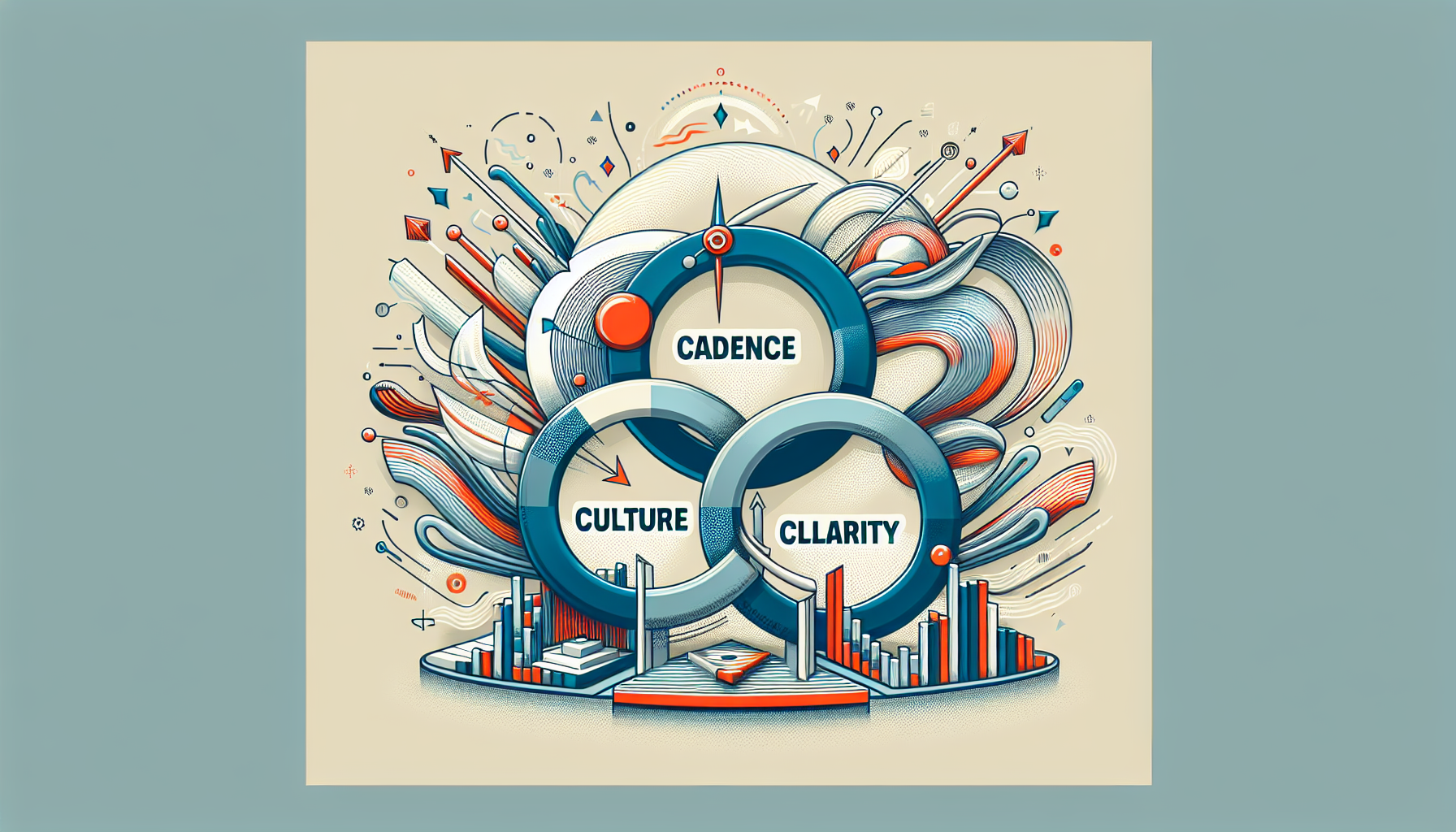Cadence, Culture, and Clarity: Evolving OKRs into a Lively Framework
We independently review everything we recommend. When you buy through our links, we may earn a commission which is paid directly to our Australia-based writers, editors, and support staff. Thank you for your support!
Quick Overview
- OKRs can serve as a powerful mechanism for driving substantial change.
- Establishing ambitious goals is critical for organizational advancement.
- Frequent reviews and discussions are essential for alignment and advancement.
- A balance between structure and adaptability is crucial.
- Clarity should not hinder flexibility and creativity.
OKRs as a Driver of Change
Dean Swan, Vice President and General Manager of monday.com in APJ, underscores the transformative capacity of Objectives and Key Results (OKRs) within organizations. Instead of merely serving as a reporting mechanism, OKRs should be utilized to instigate change and cultivate a culture of accountability.

Fostering Ownership and Ambition
Swan notes that OKRs should ignite ambition rather than simply monitor results. Many organizations often set conservative, easily attainable targets. Nonetheless, the authentic power of OKRs is unleashed when they are employed to transcend limits and create daring objectives that drive the organization forward.
Rhythm of Outcomes
Sustaining momentum requires more than just quarterly evaluations. Monthly conversations regarding obstacles, resource requirements, and interdependencies are vital. This rhythm keeps teams synchronized and prevents unforeseen issues from disrupting progress.
Framework with Agility
Swan highlights the necessity of harmonizing top-down structure with bottom-up creativity. Leadership establishes the goals, but teams are given the autonomy to determine how to accomplish them. This method encourages both synchronization and flexibility.
Adaptability is essential in today’s rapidly changing landscape. Consistent review and modification of OKRs ensure they stay pertinent and effective. However, it is imperative to uphold governance so that alterations are deliberate and strategic.
Conclusion
OKRs are beyond just a measurement framework; they serve as a medium for enabling dialogue, preserving rhythm, and nurturing a positive culture. By setting bold goals and maintaining a flexible yet structured framework, organizations can realize their complete potential.
Q: How do OKRs serve as a catalyst for change?
A: OKRs promote change by establishing ambitious goals that challenge the existing state and encourage organizations to make significant strides.
Q: Why is sustaining a rhythm of outcomes important?
A: Regular discussions and evaluations align teams, promptly address obstacles, and avert surprises that could impede progress.
Q: In what way do OKRs balance structure and agility?
A: OKRs provide a structured framework from leadership while empowering teams to innovate and decide the optimal approaches to meet goals, ensuring both alignment and adaptability.
Q: Why is adaptability crucial in managing OKRs?
A: Adaptability enables organizations to respond to changes, ensuring OKRs remain relevant and effective in a dynamic business landscape.
For more information, please visit https://monday.com/enterprise-agile
